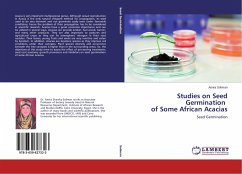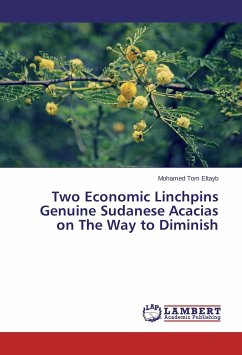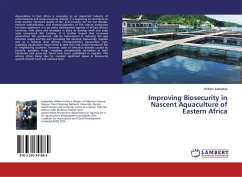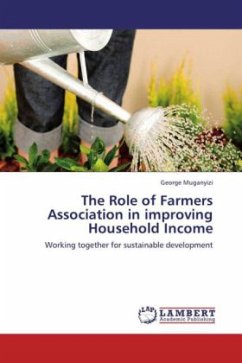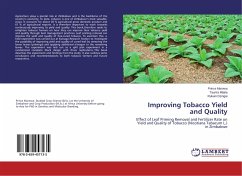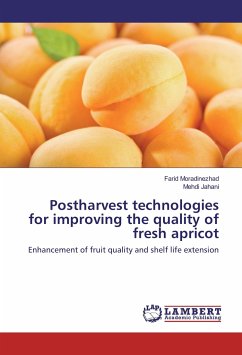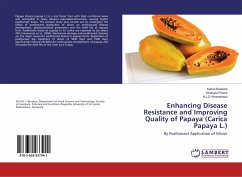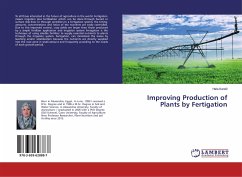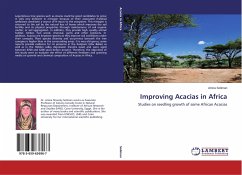
Improving Acacias in Africa
Studies on seedling growth of some African Acacias
Versandkostenfrei!
Versandfertig in 6-10 Tagen
36,99 €
inkl. MwSt.

PAYBACK Punkte
18 °P sammeln!
Leguminous tree species such as Acacia could be good candidates to grow in soils very deficient in nitrogen because of their associated rhizobial symbioses constitute a source of N input to the ecosystem. This nitrogen is returned to the soil by the natural loss of leaves which improves the soil fertility and its physical properties through maintenance of soil organic matter, or soil aggregation. In addition, they provide high- quality animal fodder, timber, fuel wood, charcoal, gums and other products. In addition, Acacias are keystone species as they improve soil conditions under their canop...
Leguminous tree species such as Acacia could be good candidates to grow in soils very deficient in nitrogen because of their associated rhizobial symbioses constitute a source of N input to the ecosystem. This nitrogen is returned to the soil by the natural loss of leaves which improves the soil fertility and its physical properties through maintenance of soil organic matter, or soil aggregation. In addition, they provide high- quality animal fodder, timber, fuel wood, charcoal, gums and other products. In addition, Acacias are keystone species as they improve soil conditions under their canopies. Plant species diversity and occurrence beneath the tree canopies is higher than in the surrounding areas. It is very old genus; some reports provide evidence for its presence in the Eastpans (Abu Ballas) as well as in the Hidden valley depression (Farafra oasis) and were aged between 6700 and 6200 years before present. Therefore, the objectives of this study were to evaluate the effect of different fertilizers and growing media on growth and chemical composition of Acacias in Africa.



